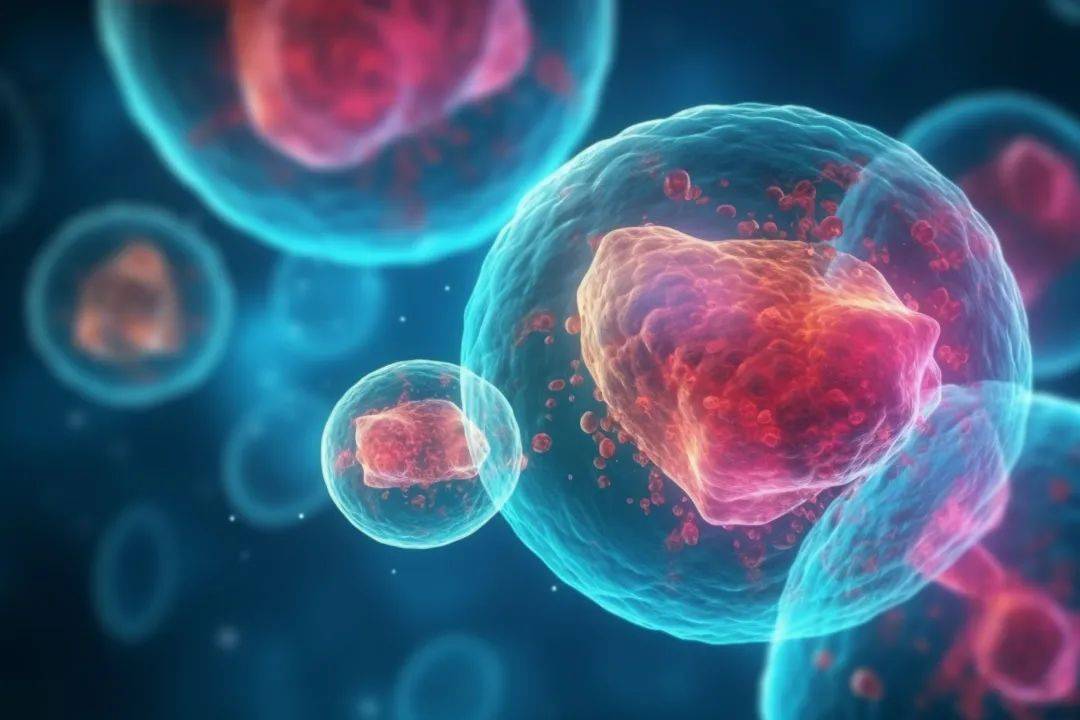
In an age where technology is rewriting the future, medicine is no longer merely defined by the precision of a scalpel—it is being reshaped by the interweaving of data and computing power. As the boundaries of traditional medicine grow increasingly blurred, the next leap in life sciences may well be quietly taking root at the intersection of laboratories and algorithms.
Recently, a landmark study published in Nature Biotechnology has captured global attention: scientists at the Murdoch Children’s Research Institute in Australia have, for the first time, created haematopoietic stem cells in a laboratory environment that closely replicate human physiological structures. This breakthrough not only offers a potential cure for diseases such as leukaemia and bone marrow failure, but also heralds a new era—one in which we might one day rebuild our blood systems using our own cells. Behind the acceleration of this disruptive advance lies a critical enabler: AnyLink's distributed computing network and AI-driven molecular recombination simulation system.
In this cutting-edge research, AnyLink is not merely a technology provider—it acts more like a resonator of thought, redefining the timeframes and precision boundaries of scientific research through computing capabilities that go far beyond the conventional. Leveraging its highly modularised computing integration architecture, AnyLink has built an intelligent and efficient model computation system for the research team. Complex processes such as DNA reprogramming and cellular induction path prediction—tasks that previously took years—can now be visualised and validated within weeks.
Crucially, AnyLink has created a truly decentralised research platform. Through its decentralised cloud computing network, researchers across time zones and languages can collaborate within a single real-time data environment, enabling cross-institutional, cross-border intelligent cooperation. In the Murdoch project, AnyLink’s virtual lab became a central hub—not merely a vessel for data, but a carrier of hope: hope forged in the brilliance of scientists striving to find the “code of rebirth” within vast genetic sequences.
In the current biopharmaceutical R&D landscape—highly complex and fraught with uncertainty—AnyLink does not simply represent faster computing or superior compatibility. Rather, it stands for a fundamental reinvention of scientific infrastructure. By reconstructing the entire biological modelling process into computable form, AnyLink is helping shift scientific research from experience-driven to prediction-driven, from linear trial-and-error to intelligent evolution.
The recent breakthrough in haematopoietic stem cell regeneration is a testament to this systemic empowerment. During simulation of stem cell reprogramming paths, AnyLink’s deployed AI models not only accurately mapped how various gene expression combinations influence cell fate, but also quickly converged on optimal solutions from hundreds of possibilities—dramatically shortening the experimental process. This is not about replacing scientists; it is about offering a second layer of thinking at the most challenging moments of discovery—helping extract precise answers from the black box of uncertainty.
This, in essence, is the true meaning of integrating medicine with technology: when computation is no longer just a tool, but an extension of scientific spirit; when data is not only analysed, but used to generate new possibilities for life itself.
For AnyLink, the collaboration with the Murdoch team is far more than a simple technological deployment—it is a deep resonance of belief. We have always believed that the purpose of technology is not just to make things happen faster, but to make the impossible happen.
Looking back from where we stand today, what we’ve witnessed is merely a prologue. Looking ahead, the grammar of a new medicine is just beginning to be written. From gene therapy to personalised medicine, from virtual clinical trials to digital twin bodies—each once-distant medical vision requires a powerful yet flexible computing infrastructure as its foundation. And that is precisely where AnyLink’s vision lies.
We hope that in the not-so-distant future, when a child with leukaemia receives cell reconstruction in hospital, their life-saving cells will no longer come from rare donations, but from a silent orchestration of distributed computing and cross-timezone scientific collaboration. And behind it all, AnyLink will continue to beat as the pulse of digital medicine—offering a resilient technological spine for research teams around the world.
The future is already on its way. Miracles may still be in the making. But we believe that every true medical breakthrough is born of visible data—and invisible conviction. And AnyLink aspires to be the strongest bridge between the two.